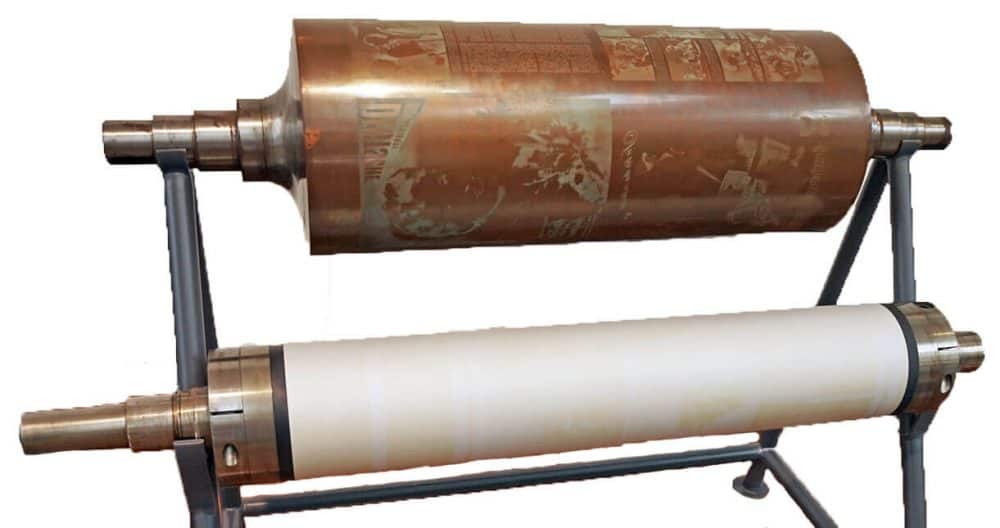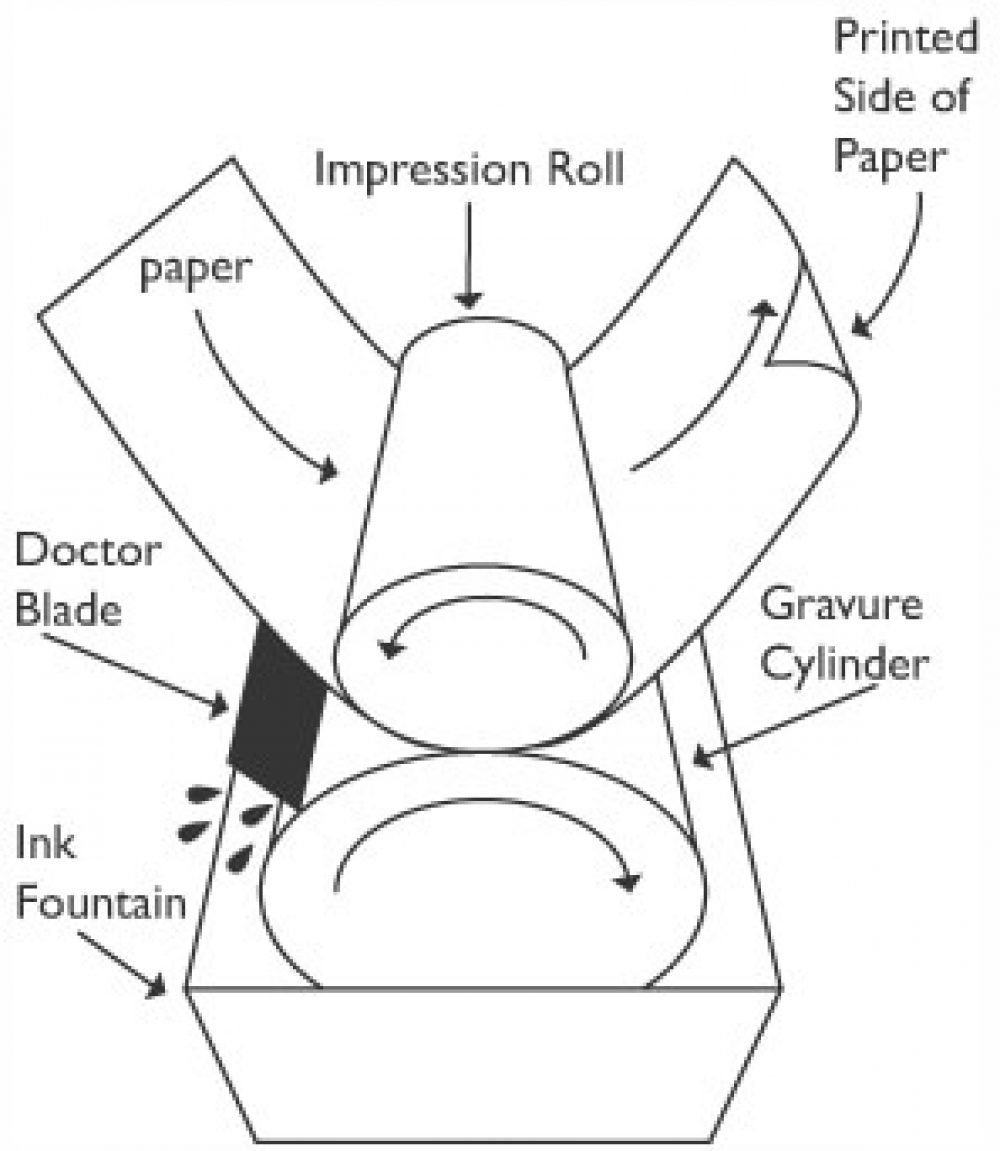
Sometimes the most difficult expert witness searches are in the lowest tech areas. This is so because in well-settled areas of science or industry there is no real research being done in the subject matter.
Industry-Funded Expertise
When you consider lithium ion batteries, you read about Tesla’s dominance in the battery R&D arena, outpacing long-entrenched automakers like Toyota, Audi, BMW, Mercedes and General Motors. That’s because electric cars are still an emerging market and although many brands have an electric or hybrid sporting their badge, there’s no denying that the battery is at the heart of the product and that it’s the battery-life and charge time that will ultimately win the day in this category.
So, it’s all hands on deck for battery cell research and development with Tesla spending over $1.3B in 2019, up over 1,000% from a mere $93M nine years earlier. As the technology develops, so too does the pool of expert witness candidates.
Established Industry Expertise
But what about flush toilets? This whole “gravity thing” is fairly well-settled. It’s safe to say that there’s not much anticipated development related to the process. The same can be said of most long-existing low-tech appliances and inventions.
Robert Cahn, Cahn Litigation Services‘ Director of Research, likes to equate these low-tech subjects with mathematics. He tells law firm clients “it may be easy to find a highly credentialed PhD in mathematics, but finding a PhD in arithmetic becomes a bit dicey. “
What is Rotogravure Engraving?

We faced a similar expert witness search challenge in a case, which involved both intellectual property and breach of contract.
The subject matter was the printing technology related to the designs on vinyl swimming pool liners.
Pool manufacturers know that consumers try to avoid swimming pool designs which prominently show the dirt that tends to accumulate at the bottom of the pool. One device used to minimize this issue is the printing of a repetitive design on the pool liner. The design distracts the human eye from seeing the smaller specs of dirt.
But decorative designs can’t be built into the pool liners, they need to be printed onto them after they’re fabricated, and to do this, a process called “rotogravure engraving” is utilized.
Step 1: The image is engraved onto a cylinder upon which ink is applied, filling the recessed areas.
Step 2: A “doctor blade” squeegees off the excess ink from the raised areas before the cylinder is rotated onto a substrate (usually paper, but) in this case the vinyl pool liner.
The rotogravure process guarantees the ink density required for this type of application; the drawback is that a cylinder only has a lifespan of a limited amount of prints, after which the cylinder must be replaced and re-engraved.
A Unique Intellectual Property & Breach of Contract Case
In this case we were supporting the Plaintiff, a vinyl pool liner company, who had trademarked a number of popular pool-bottom designs. They licensed the designs and sold the engraved cylinders to the Defendant, a subcontractor, to print the liners to be used in swimming pools nationwide.
But when the liners were installed, they began to shrink over time, pulling away from the pool bottom, and causing cracks and leaks in the liner.
These defects came at great cost to the local installer, resulting in warranty claims and refunds borne by our client. They suspected that the defect lay at the feet of the printing subcontractor. By using the cylinders in excess of the stated life-cycle and reducing the number of replacement cylinders needed for each printing run, the printing company was able to realize a lower cost per product.
Our attorney client called us after another expert witness search firm failed to deliver a satisfactory expert with the appropriate background. The search specification was to find an expert in rotogravure engraving who could show that overuse of the cylinders would lead to over application of the top coating on the vinyl substrate, and would cause the liners to shrink and ultimately crack.
Finding a Rotogravure Engraving Expert
Rotogravure engraving has been around since the mid-19th century and with the exception of adding electric motors to feed the inks and substrates, the technology has been relatively stable for over a century. It would have been an easy search if the inks or substrate adhesion properties were at issue.
But we’re back to Robert’s analogy – looking for an expert in arithmetic.
Evaluating Printing Press Operators
Most people with rotogravure expertise were press operators with years of extensive experience, but with no credentials to speak of for purposes of qualifying as an expert witness. So we turned to academia where various fine arts programs had professors who taught courses in silk screen, wood cut, and hand rotogravure printing methods.
It became clear that these people, although having “Professor” titles with advanced degrees, didn’t have the industrial application experience needed for the project.
Evaluating Printing Press Designers and Engineers
The next effort was to find printing press designers and engineers to opine on the use of the press and cylinders.
But these engineers were far too technical in their applications and had never encountered this type of equipment over-use in an industrial setting.
Evaluating Rotogravure Careers
A general search on rotogravure careers yielded career fair pages for several Midwest Community Colleges and one presenter’s name popped up repeatedly.
He was a retired mechanical engineer whose life-long career had been running rotogravure printing presses for mass-market food manufacturers. Cereal boxes were his most relevant application because, like pool liners, they are printed in over-sized sheets, and then cut to size.
In mass-market applications, every penny counts, so he had experience pushing cylinders way past their limit and seeing the results of overuse first-hand.
This expert was presenting at these career fairs to promote the printing industry for one of the national printing trade associations and had a good deal of flexibility in his schedule. As it happened, while working for a large breakfast food manufacturer, he was called upon to testify as a fact witness in a number of product liability matters. So, although he had never qualified as an expert witness, he had enough deposition experience to satisfy the lawyer client.
Rotogravure Engraving Expert Testimony
The matter failed to settle after initial expert reports. At trial, expert witness testimony placed specific emphasis on how the Defendant’s overuse of the cylinders resulted in both the benefit to production costs and the subsequent shrinking and cracking quality issues at the heart of the case. Such analysis ultimately lead to a positive result for the client.
This expert witness search succeeded because of the persistence of our research team. Searching across a variety of areas allows us to provide our attorney clients with access to experts beyond expert witness directories and those established names in a particular field. Community College career fairs are not typically a place to locate well-credentialed experts in anything. But they turned out to be just the place we needed to search to satisfy an immediate need for our client.